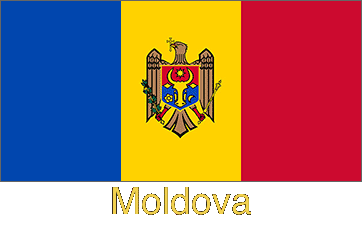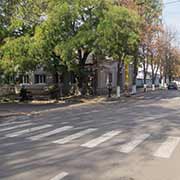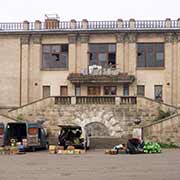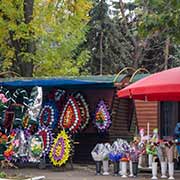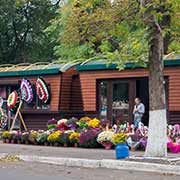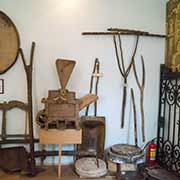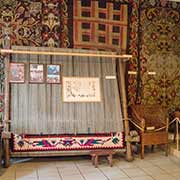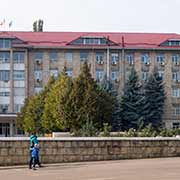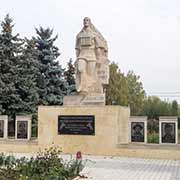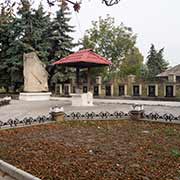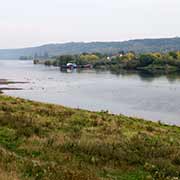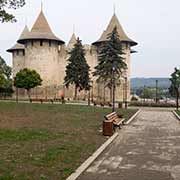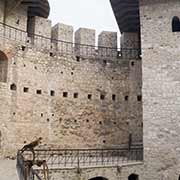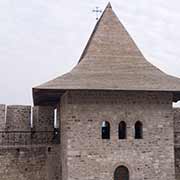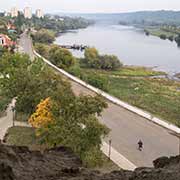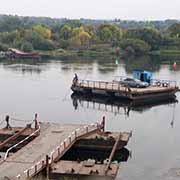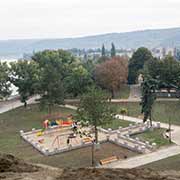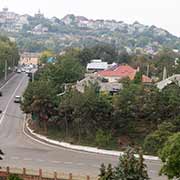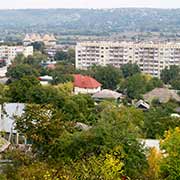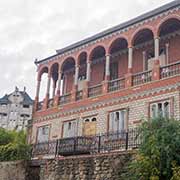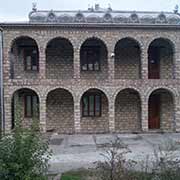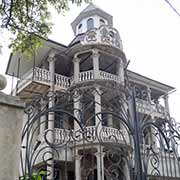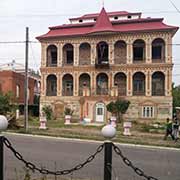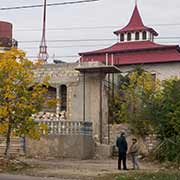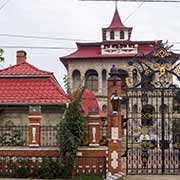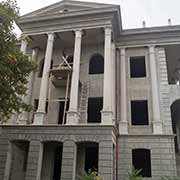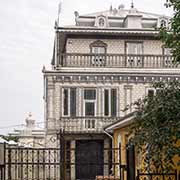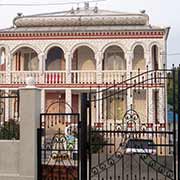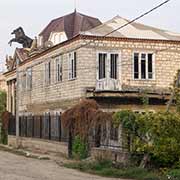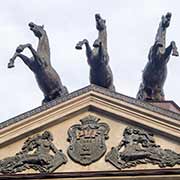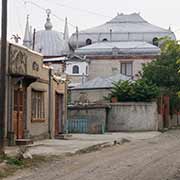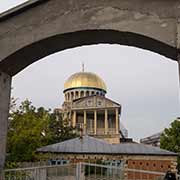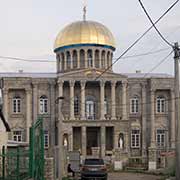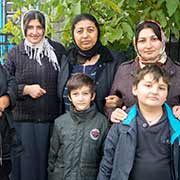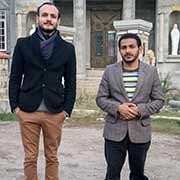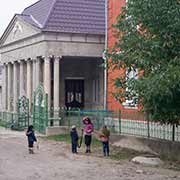Photos of Soroca, the 'Romani capital of Moldova', Moldova
Soroca, the 'Romani capital of Moldova'
Soroca is a city on the Dniester River that forms the border with Ukraine and is about 160 kilometres north of Chișinău. It was a medieval Genoese trading post, but in 1499 the Moldavian prince Stephen the Great (Ştefan cel Mare) had a wooden fort built here. It was an important link in the chain of fortifications, which comprised four fortresses on the Dniester, two forts on the Danube and three forts on the north border of medieval Moldova. The fort was rebuilt in stone during the rule of Peter IV Rareș between 1543 and 1546.
you may then send it as a postcard if you wish.
The fort is unusual because it is shaped like a circle, with five bastions situated at equal distances. The fort overlooks the Dniester river to the village of Tsekinovka on the other side, in Ukraine. A hand-operated car ferry goes to the other side. Soroca has a fascinating Museum of Ethnology, displaying local craft, farming implements and objects found during archaeological excavations. It is one of the richest and most interesting historical museums in Moldova.
Soroca is popularly known as the “Romani capital of Moldova”; it has a sizeable Roma (Gypsy) minority who built palatial homes in the upper town. Some mansionS sport gold-coloured domes, others elaborate statues; some seem unfinished, and others seem abandoned, but all are built to impress.


